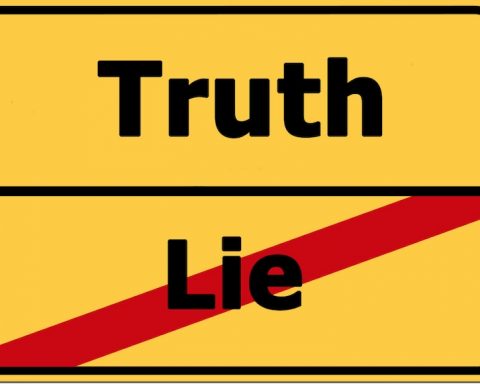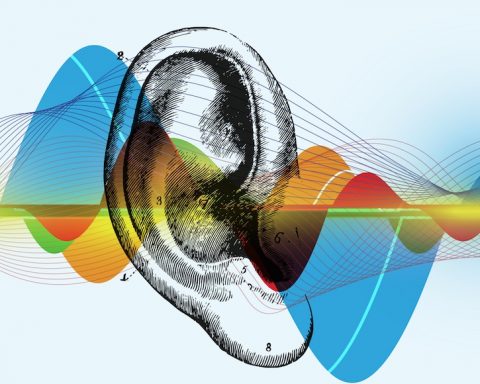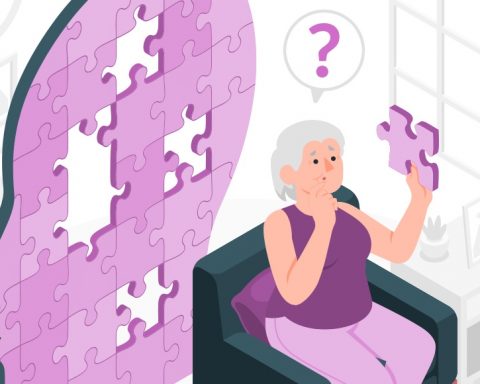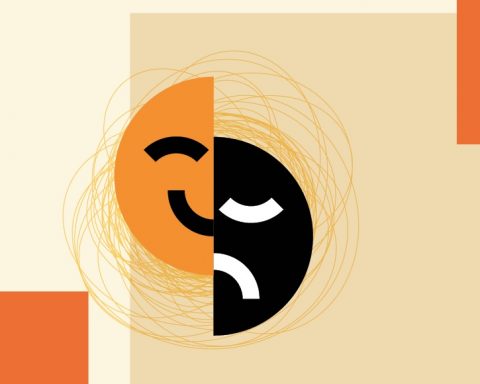Osteoporosis is a condition that weakens bones, making them fragile and more prone to breaking. The condition is often diagnosed when a fall or impact causes a bone to break, with the most common injuries occurring in the wrist, hip and vertebrae. Osteoporosis is called a “silent disease” as patients do not notice any changes until a bone breaks, as the bones often lose density over a number of years. Once the bones have become weakened some of the symptoms which my present include:
- A gradual loss of height
- Stooped posture (particularly in older patients)
- Increased bone fractures
- Back pain as a result of fractured vertebrae.
Sometimes even the action of coughing or sneezing can cause a broken rib or partial collapse of vertebrae in people suffering from osteoporosis.
Causes of osteoporosis
Loss of bone is a natural part of the ageing process. Women are also more likely to lose bone after the menopause. This increases the risk of osteoporosis, particularly if menopause has started before the age of 45 or they have had an oophorectomy (ovaries removed).
Other factors can also increase the risk of osteoporosis onset, including:
- Family history of osteoporosis
- Had extended bed rest
- Having a low body mass index (BMI)
- Lack of physical activity
- Heavy smoking
- Significant alcohol consumption
- Having or having had an eating disorder
- Taking high doses of steroid tablets for prolonged periods
- Medical conditions such as inflammatory conditions, hormone related conditions, or malabsorption.
- Long-term use of medications that affect hormone levels, such as anti-oestrogen tablets that women may take after breast cancer.
Osteopenia
Osteopenia is the stage before osteoporosis and occurs when bone density is below average. Osteopenia does not always lead to osteoporosis and there are steps you can take to reduce your risk from developing the condition. There are bone-strengthening treatments your doctor may prescribe, depending on the severity of your condition.
Preventing osteoporosis
If you are at risk of developing osteoporosis, there are steps you can take to help reduce your risk and keep your bones healthy. This includes:
- Keeping physically active to help keep your bones as strong as possible. Healthy adults should aim for 150 minutes of moderate intensity exercise a week or 75 minutes of vigorous intensity exercise. Try to incorporate strengthening activities on at least 2 days a week. Regular weight-bearing exercise, such as light weight training, walking, climbing stairs or hiking are important.
- Aim to eat a balanced diet including foods which are rich in calcium and vitamin D.
- Taking a daily supplement containing 10 micrograms of vitamin D.
- If you are a smoker, consider stopping or cutting down. Appointments with the GHA free ‘Stop Smoking’ service are available on 20052441.
- Reduce alcohol consumption.
living with osteoporosis
Osteoporosis does not usually cause discomfort until a breakage occurs. However, breaks, in the spine can be a source of chronic pain. If you have suffered from a fracture there are some things which can help you in your recovery. Hot and cold treatments such as warm baths and cold packs can be used to reduce discomfort. Additionally, transcutaneous electrical nerve stimulation (TENS) can be used to stimulate the nerves and reduce pain. If your condition is affecting your day-to-day life, or you have concerns about coping with a long-term condition, speak to your healthcare provider.
If you are diagnosed with osteoporosis, it is important to try and reduce the risk of falls. Remove hazards from around your home and ensure you have regular sight and hearing tests.










